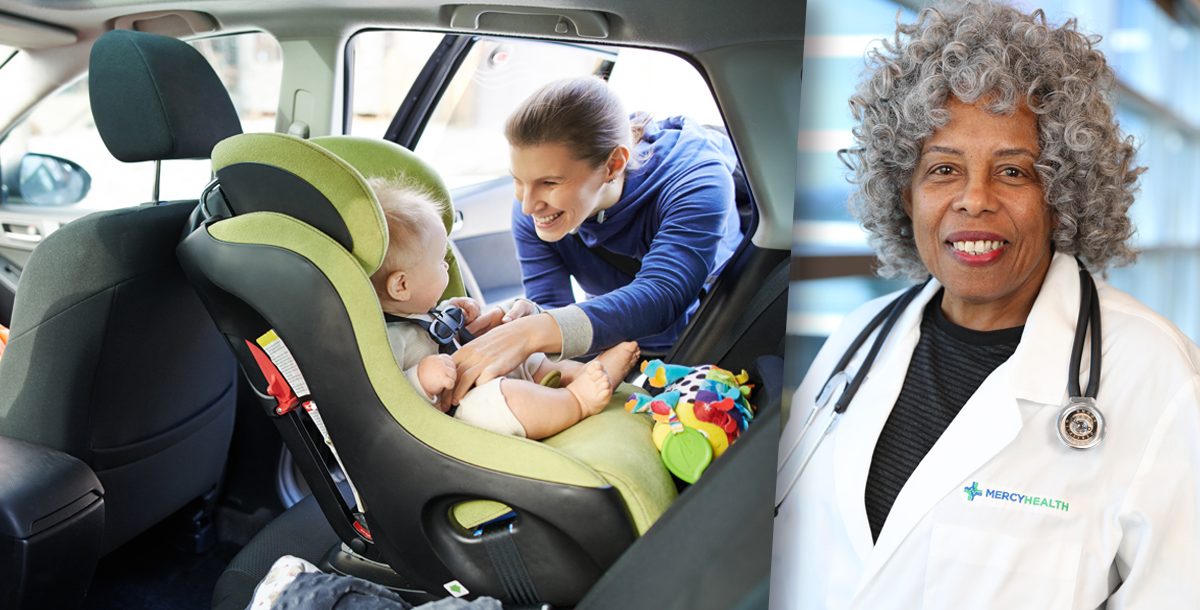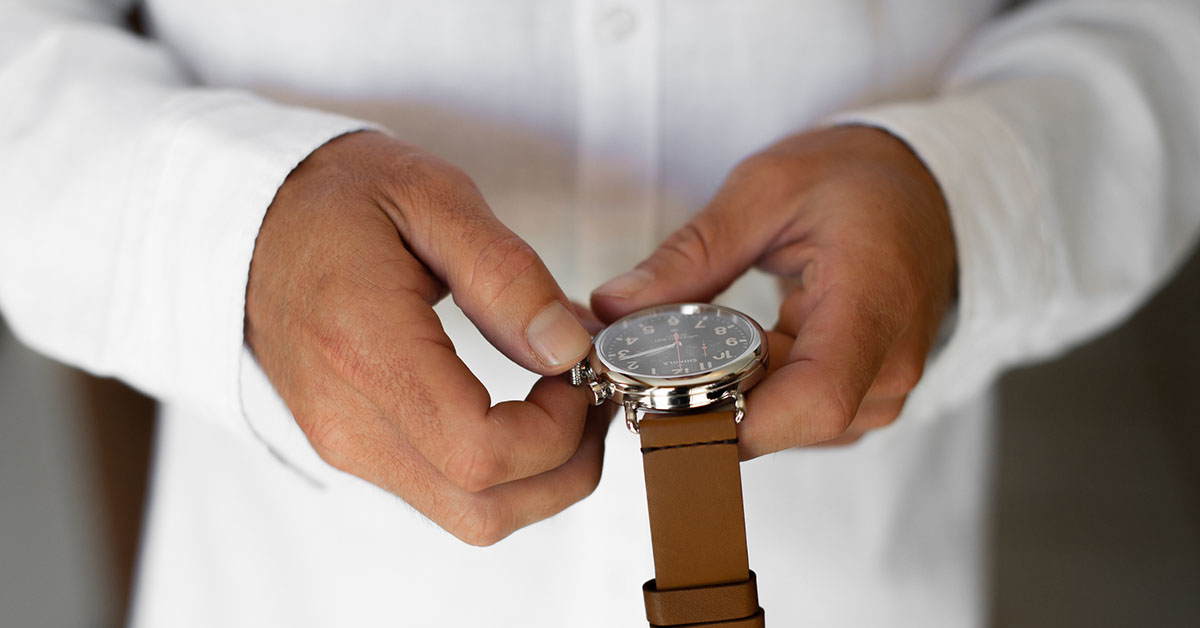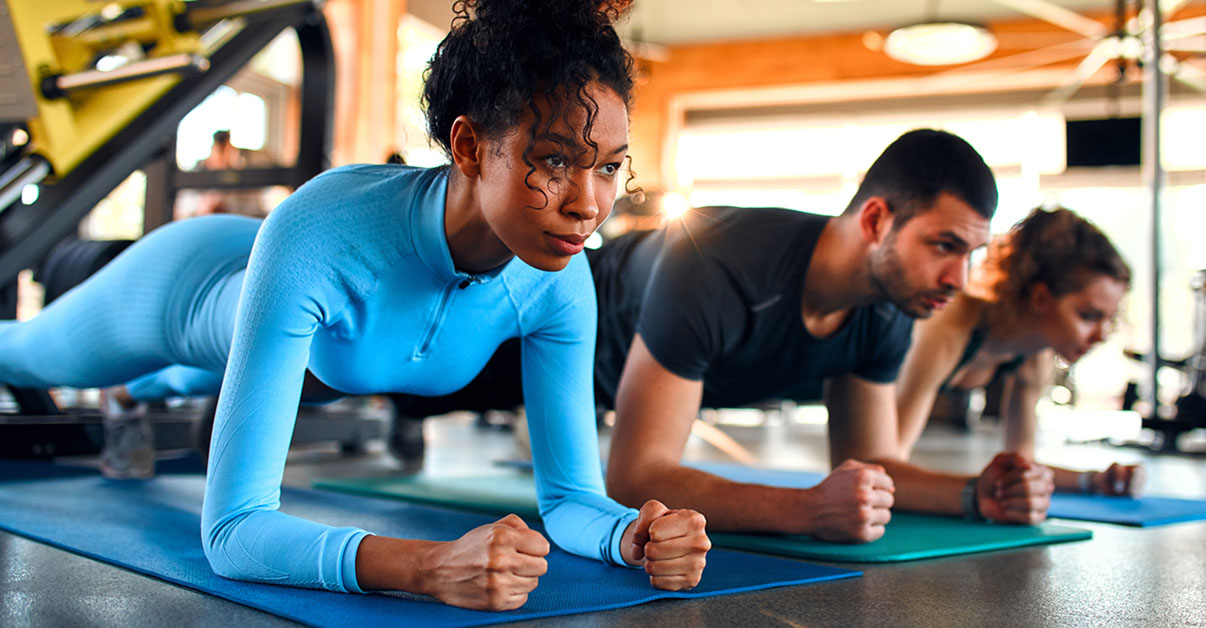When it comes to the transportation of babies and young children, car seats are crucial to ensuring the safety of your precious cargo. But with so many options and expenses, choosing the right seat for your child may prove more difficult than previously thought.
Camille Graham, MD, of Mercy Health – Kenwood Primary Care and Pediatrics breaks down the dos and don’ts of car seat safety for caregivers with questions.
“I remember when we had to convince parents of the benefits of car seats. That was in 1980,” Dr. Graham recalls. “Fast forward to 2022, and now parents are asking about the many different car seats to choose from.”
While there’s a wide price range on car seats, price isn’t always the best indicator of value or quality. What parents should consider more seriously is how the car seat fits in your vehicle.
It is also just as important that the car seat properly fits your child. The type of seat a child needs is unique to the individual and should be tailored to their age, size and developmental needs.
“If you are considering buying a secondhand car seat, only purchase the seat if you know the car seat’s history and the history of the car it occupied,” Dr. Graham advises. “If there is no information available, it is best to avoid purchasing the seat, since you can’t be sure it was never in an accident that’s compromised its ability to protect your child.”
For parents who may receive a car seat as a gift, Dr. Graham says to research and guide your loved ones to the one you think would best fit your needs.
“If you have two vehicles, get two car seats, if possible. It gets tedious switching from one car to the other and it’s important you install each seat properly,” Dr. Graham adds. “Grandparents or babysitters who regularly care for your child may want to get their own car seat as well.”
The most important piece of car seat safety is to always place your baby in the car seat the right way for every single car ride.
To ensure your child’s safety, don’t skip tightening the straps around them or anchoring the car seat. Using a doll or teddy bear is an easy way to practice and check the positions of the five-point restraint system commonly used with car seats.
“I remember being totally confused by the car seat installation when I had my baby,” Dr. Graham admits. “It is best to have a certified passenger safety technician (CPST) check your car seat installation before the baby is born.”
CPSTs check car seats at car seat fitting stations, usually by appointment. They are also available at safety fairs sponsored by the Safe Kids Coalition in every state.
Besides the first time around, a CPST should also check your car seat when you:
- Purchase a new one
- Think your child has outgrown their seat
- Transition your child from the rear-facing to the forward-facing positions
It is also important to know that pediatricians do not recommend that babies take a nap or sleep in car seats. This can restrict the movement of their heads and bodies, posing a risk of aspiration or sudden infant death. Babies should always sleep flat on a firm surface.
Unfortunately, sometimes accidents happen. If your car was in a bad accident while the car seat was in the car, consider getting a new one. There may be cracks and defects that you can’t see that can lessen its ability to protect your child. You can call the manufacturer if you have any questions. The date of manufacture and manufacturer should be on the car seat.
Each state has varying laws regarding car seat and booster seat safety. Generally, a child should stay in a car seat until they reach the maximum height and weight recommendations set by the manufacturer. Keep your child in a booster seat until the child is 57 inches tall.
“This may be much longer than many state laws enforce, but it’s what pediatricians and child safety experts recommend,” Dr. Graham says. “Children are ready to transition from a booster seat when the lap belt sits across the upper thighs, not the stomach, and the shoulder belt lays across the center of the shoulder and chest, not on the neck and face or off the shoulder. Children should ride in the back seat until they are at least 13 years old.”
If you have any questions about car seat safety, please contact your pediatrician. The National Highway Safety Administration is also a good resource for information on car seat safety.
Learn more about the pediatric care and primary care services we provider at Mercy Health.






